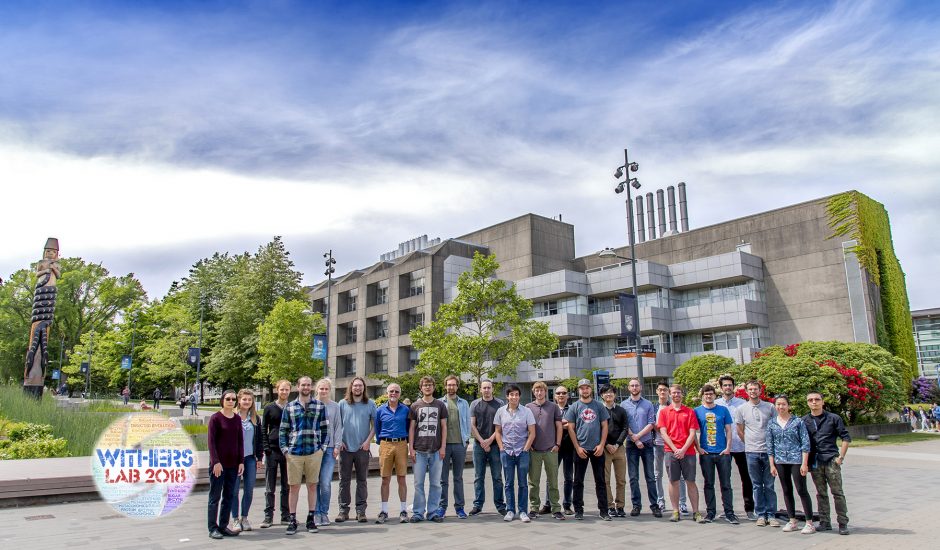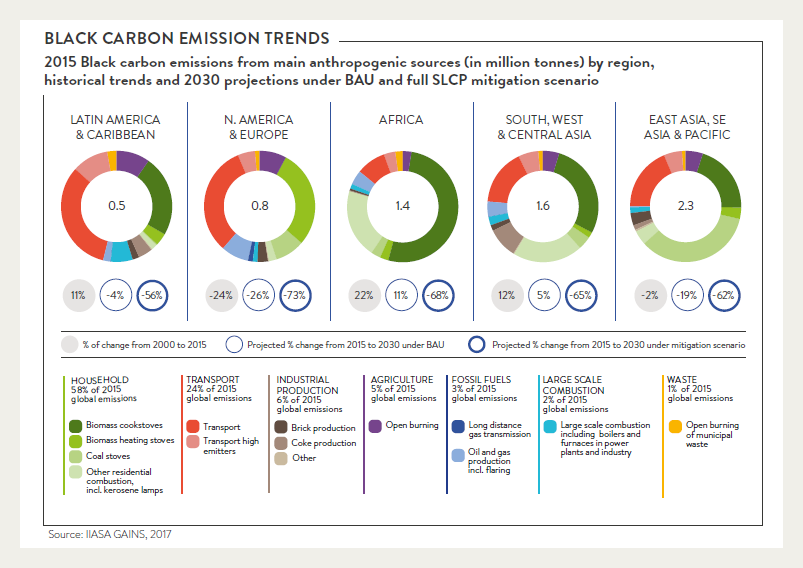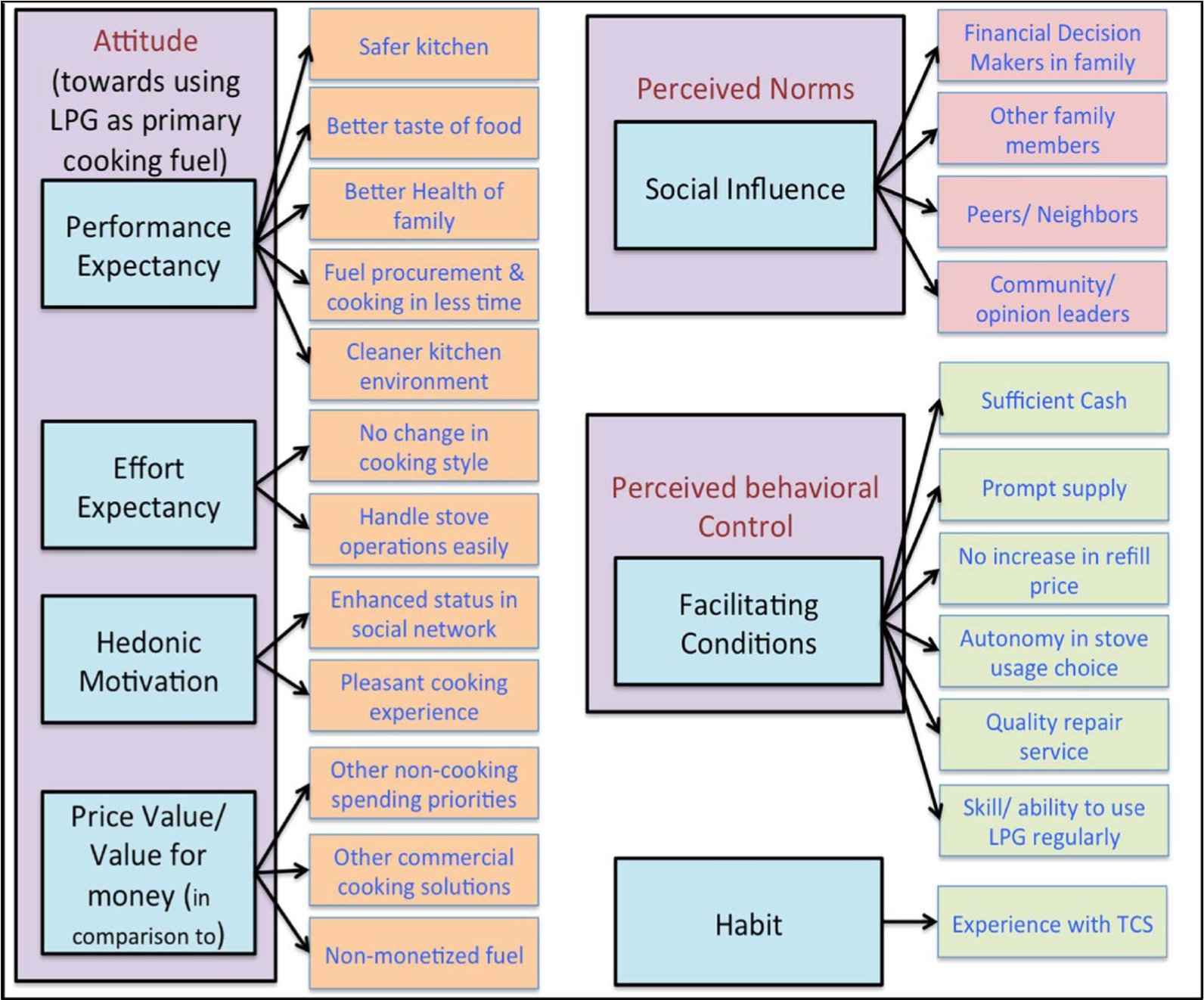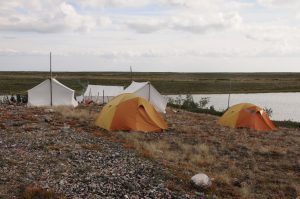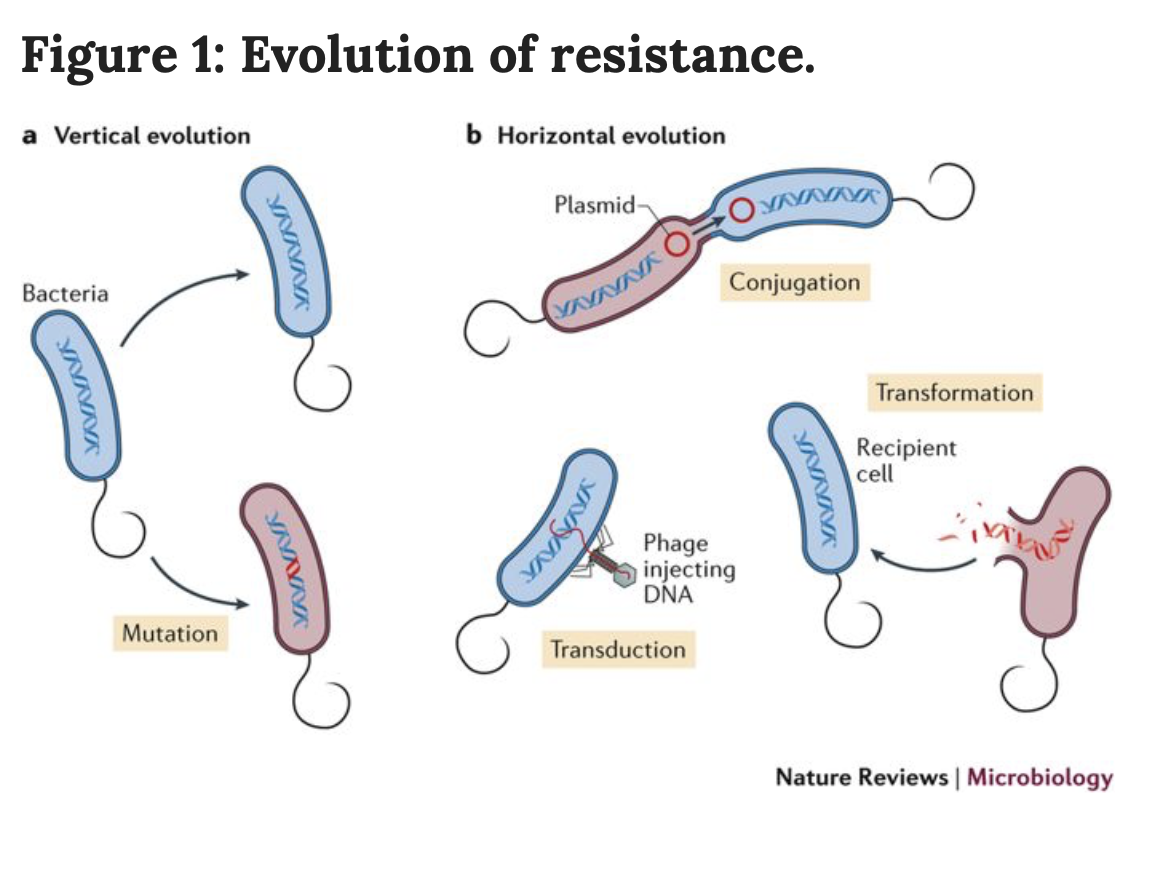Let me ask you a question: How many endangered species in Canada? What do you think the answer is? A few, dozens, or hundreds? Before telling the correct answer, we will like to tell you some information about research that has been done by Dr. Bill Harrower. Dr. Bill Harrower is a research associate at the Department of Forest and Conservation Sciences at the University of British Columbia, and he is also the principal of High Country Wildlife.
Now back to the question. According to Dr. Harrower, there are 408 species listed under Canada under Canada’s Species at Risk Act (SARA), and there are 256 endangered species in Canada.

Wood Bison are listed as a species of Special Concern under Canada’s species at risk act.
Image Credit: Dr. Bill Harrower

Northern Goshawks living on British Columbia’s coast are listed as Threatened under Canada’s species at risk act.
Image Credit: Dr. Bill Harrower
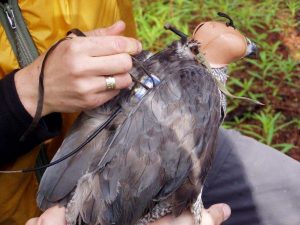
Northern Goshawks outfitted with a radio-transmitter to follow their movements and determine habitat associations, northern goshawk on Haida Gwaii may be one of Canada’s most endangered vertebrates.
Image Credit: Dr. Bill Harrower
Dr. Harrower conducted research to assess the implementation of the endangered species legislation and to help identify downsides and to allow changes in policy to give species at risk the best outcome.
In the following video, Dr. Harrower talks about his research and motivations, more details about recovery strategies, and his future plans.
Video Credit: SCIE 300-GROUP 6 VIDEO
Research Findings
The key findings of his research were that the average time for completing a finalized recovery strategy was over six years, which was twice more than the legal time limit. To add to that, he found out the traits they used to score recover strategy were not significantly predictive to have a proposed strategy. He emphasized that more ambitious recovery objectives need more designate critical habitats to support.
What he found surprising was more recovery strategies were completed than in the past. Dr. Harrower said, “What surprised us is that more recent plans were less ambitious. Our goals for what would be a recovery species were lower and had fewer numbers of individuals, fewer areas within these plans and that were really surprising. The ambition of how many species we want back in the wild or Canada to sustain the populations was lower. “
The Impact of Revocery Strategies on Endangered Species
Dr. Harrower mentioned legislations like SARA, which is used to guide and coordinate information and policy regards to how species will be protected; however, it actually comes down from the work of individual communities. As he mentioned, “There are things like we assess, these large policy pieces but what is being done to protect species is really happening on the ground.”
Dr. Harrower works most with his favourite creatures: the Wolverines. He added, “Wolverines are incredible because they rely on other endangered species like caribou and possibly bowhead whale. If other species in the environment, foundation species are declining, Wolverine will tell us what is happening.” Also, he stated that “They are just really cool and fuzzy, and are really neat species that engage people’s imagination and ideas and building that goodwill helps all species.” His love for these creatures never ends.
Wolverine Tracking
Image Credit: Dr. Bill Harrower

Wolverine traps, such as this one, need to be strong to hold this tenacious animal. Wolverine is listed as a species of Special Concern under Canada’s species at risk act.
Image Credit: Dr. Bill Harrower
In the following podcast, Dr. Harrower talks about SARA, the role of the Canadian government for the endangered animals, how science and government relates, and his words to the public.
Dr. Harrower suggests that all recovery strategies should clearly distinguish between recovery objectives aiming for survival versus recovery. He provides ways to decrease threats to achieve conservation improvement within species. Their works highlights how having ambitious recovery objectives would produce better outcomes for species at risk.
– Group 6: Elaine Yuling Chen, Christina Lee, Parwaz Brar



